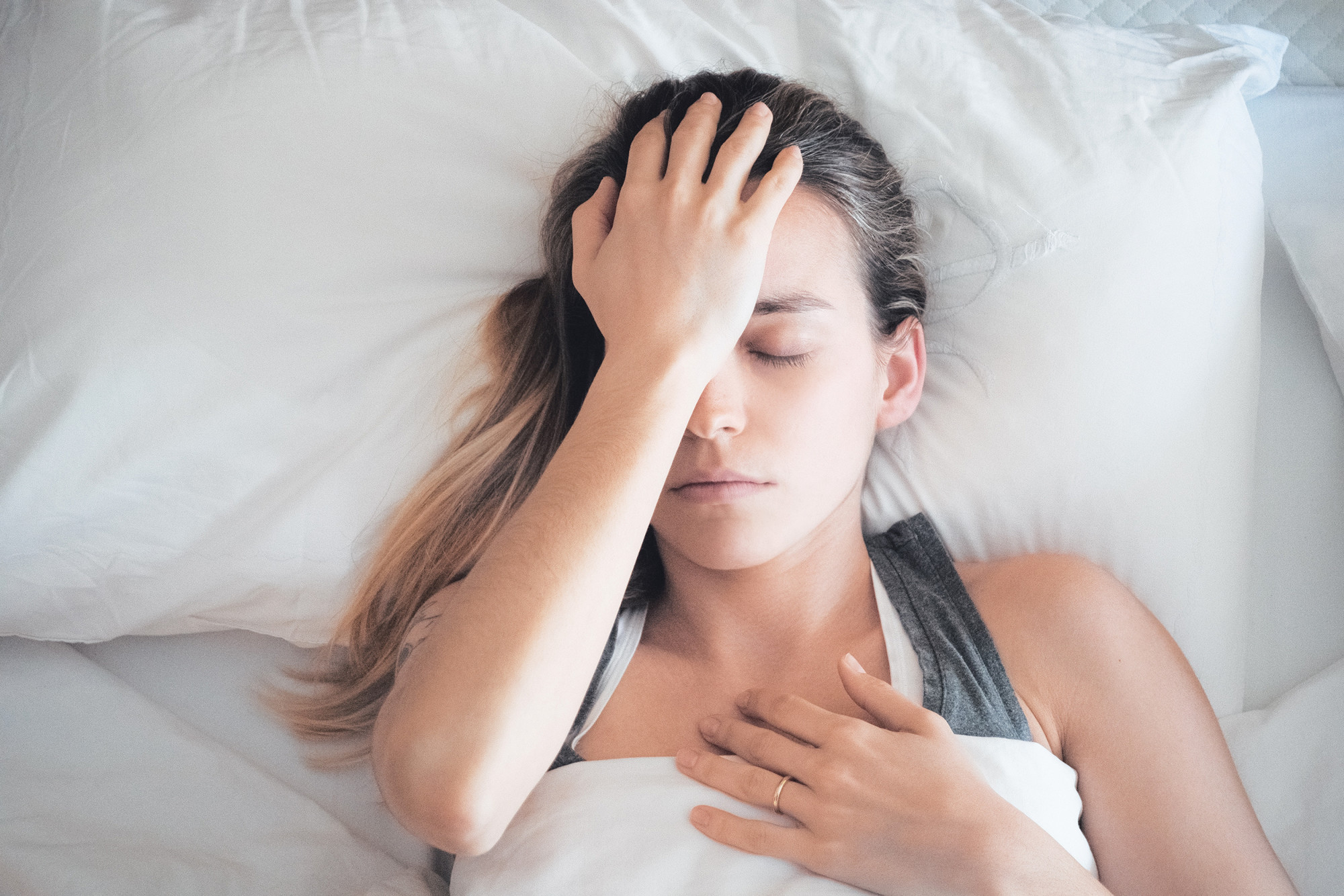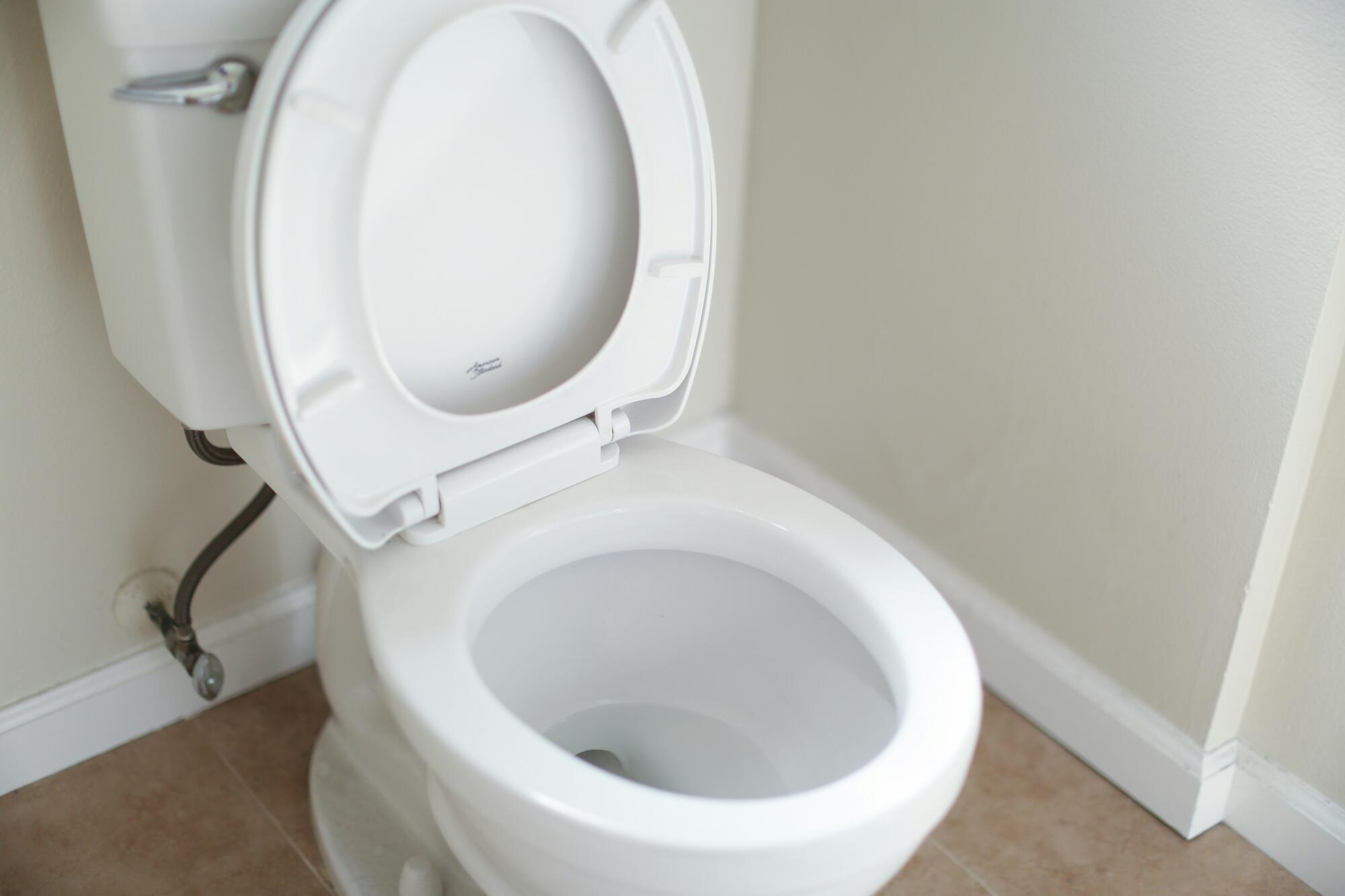
The Complete Guide to Dealing With Migraines

Migraine headaches can stop you in your tracks. These debilitating headaches affect more than 35 million Americans every year. Migraine sufferers know that a migraine is much more than just a simple headache. They come with a long list of other symptoms, each of which can seriously impact your quality of life and get in the way of your daily activities. Unfortunately, dealing with migraines is a reality for many.
However, by identifying their causes and taking action early, they don’t have to ruin your day.
Read on to learn about the most common migraine triggers and what steps you can take to get some relief.
What Is a Migraine?
Migraines differ from regular headaches because their symptoms are more severe and can have debilitating effects. The most common symptoms of a migraine include nausea and extreme sensitivity to light and sound.
Migraine Timeline
Most migraines follow a similar timeline. Understanding how migraines affect you allows you to seek the appropriate relief.
Prodrome: This is the earliest phase of a migraine attack. It occurs 24-48 hours before a migraine sets in and is characterized by nausea, fatigue, and a sensitivity to light and sound. Consider this your earliest migraine warning sign.
Aura: Another warning sign for a migraine headache, the aura lasts for around an hour. At this stage, you might notice a tingling sensation in your extremities and blurred vision.
The Headache: Once the headache sets in, your migraine attack has begun. In addition to the throbbing headache, you may feel nauseous, sensitive to light and sound, anxious, depressed, and have muscle fatigue.
The headache can last anywhere from a few hours to a few days.
Postdrome: This occurs after the headache has subsided. You may still be sensitive to light and sound, feel fatigued, and struggle to concentrate.
A Step-by-step Guide to Fighting Migraines
Feeling a migraine coming on? Follow these steps to get relief.
1. Identify Your Triggers
Many migraines have “triggers” or signs that a migraine is on its way. They occur during the prodrome stage, which is the 24-48 hour window before the onset of a migraine.
Identifying your triggers is the first step towards effective migraine treatment.
Stress
Stress is by far the most common migraine trigger. A whopping 80% of migraine experiences cite stress as the cause of their chronic headaches.
While leading a high-stress life can dramatically increase your risk of developing a migraine, a reduction in daily stress levels has also been shown to trigger these headaches.
Unhealthy Sleep Habits
There’s no denying the importance of sleep. It allows the body to repair itself, so it shouldn’t be a surprise that suffering from a lack of restful sleep increases your likelihood of a migraine attack.
Too much sleep can also trigger a migraine and can sometimes make migraine symptoms worse.
Poor Diet
Some foods are associated with migraines, especially those containing MSG, caffeine, or artificial sweeteners. Additionally, foods containing tyramine and histamine, like cheese and red wine, have been shown to cause migraines.
Dehydration can also trigger migraines. More than half of adult Americans drink less than the recommended amount of water in a given day.
Hormonal Changes
The majority of migraine sufferers are women, and changes in hormone levels throughout the month can trigger migraines. Many women experience migraines during their menstrual period. This is due to fluctuating levels of estrogen and progesterone.
2. Develop a Migraine Treatment Plan
Once you’ve identified your triggers, you can work on developing a plan for dealing with these headaches.
Your plan will likely see you avoiding your triggers—especially if certain foods set off your headaches—and taking medication. There are plenty of medications, both over-the-counter and prescription, that can treat migraines.
If your chronic migraines persist, you will need to consult with your doctor about prescription medication or other forms of migraine prevention.
Medications for Dealing with Migraines
For most people, over-the-counter pain relievers are the first line of defense against migraine headaches. These typically include a pain reliever like ibuprofen or aspirin.
Some migraine medications include caffeine, which has also been proven to reduce the pain associated with a migraine.
Triptans are the most commonly prescribed drug for migraine headaches. This migraine medicine works by blocking the neural pathways in the brain that cause you to experience pain. Triptans are administered in the form of a pill, a shot, or a nasal spray.
3. Treat Your Migraine Early
Time is of the essence when it comes to migraine treatment. Medication taken during the prodromal phase of a migraine attack has a chance to enter your bloodstream before the headache sets in, sparing you from a painful headache.
4. Listen to Your Body
Some migraines are triggered by preventable causes. Consider how much you’ve had to eat and drink today and how much you slept the previous night.
If you suspect your headache was caused by dehydration, you need to drink water. If you think a lack of food has triggered your migraine, you’ll want to eat a light snack and see if the headache subsides.
If a lack of sleep caused your migraine, you might get some temporary relief from taking a nap. Of course, napping may interfere with your sleep schedule and trigger another migraine episode.
5. Rest in a Dark, Quiet Place
Bright lights and loud noises can make the symptoms of a migraine worse, so find a nice, quiet place to lie down. Relaxation can help alleviate the pain associated with a stress migraine.
Rhythmic breathing can help you relax. As you rest, focus on your breath. Count to five once as you inhale and again as you exhale. You should feel your body relaxing as you breathe.
6. Apply a Hot or Cold Compress
Applying an ice pack or heating pad to your head can help with the symptoms of a migraine. Ice packs provide a calm, numbing effect, while heating pads can help stimulate blood flow to the brain.
Act Fast to Fight a Migraine
Dealing with migraines is draining. The headache can be overwhelming, and the symptoms they induce can interfere with your daily life.
If you notice the warning signs of a migraine attack, you need to act quickly. Take medicine as soon as possible, so it has a chance to get to work before the headache sets in, get rest in a dark room, and relax as much as possible.
Head to Kiwi Drug for your migraine medication. Their competitive prices can save you money compared to your local pharmacy.

